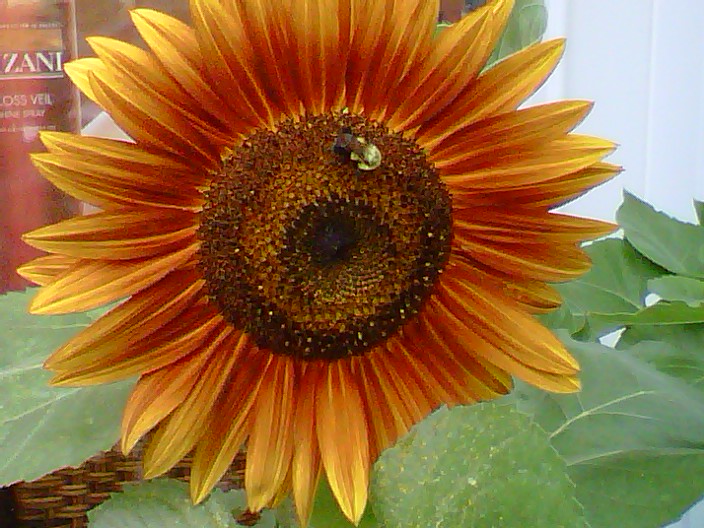So you're tired of the flat iron damage? Ready to take the curling iron plunge again? Well, it's simple. If you were using a one inch flat iron, then you need a one inch curling iron. If you were using a 2 inch flat iron, then you need a two inch curling iron.
The diameter of the curling iron barrel represents the size. So the one inch curling iron indeeds measures one inch across the barrel.
It may take time to eliminate putting creases in your hair. Practice over a few weeks makes perfect! Long term, you will start to see healthier hair.

I've been reading some of your old posts about flat irons and I'm very curious. You seem to support marcel irons and regular electric curling irons over flat irons. And in your view "non-ionic ceramic/tourmaline" flat irons are better than "ionic/infrared"? I've owned and used a Sedu Revolution Pro Nano Tourmaline Ionic 1" flat iron since 2009, but never go past the 330 degree setting and I've never considered it to be a cause of major hair issues, other than over use. I went from flat ironing only once every few months to flat ironing nearly every week after a wash and deep condition, my hair is relaxed/semi-texlaxed. I haven't allowed my stylist to use marcel irons on my hair in at least 6 years. Once I started learning about healthier hair practices in an effort to grow my hair, it was my understanding that marcel irons were the worst type of direct heat because their metal properties did not allow it to heat up evenly, creating "hot-spots" on the metal that could put more heat on certain parts of the hair without awareness (while ceramic plates on flat irons produced even heat throughout the plate). Also because there is no way to gauge the temperature of a marcel iron other than "hot/not hot" there was no way to know how much heat was actually being put on the hair. As I mentioned in my other comment, I've gotten my hair to grow to certain lengths, only to experience damage and have to cut/trim and '"start over." I know there is still a lot I can learn so I am trying to not repeat my past mistakes. I have cut back on my heat styling again but I am not anti-flat iron, yet. Do you think that using a non-ionic flat-iron would be better for my hair than my Sedu? ** Ideally, I would roller set my hair as much as possible, but it is just too time consuming and I'm not good enough at rolling my hair to get good, consistent results every time. Thanks for your thoughts.
ReplyDeleteGreat questions MrsT! Most people use 380 degrees or higher temperatures on their flat irons. So if you are only at 330 degrees getting the results that desire, then continue your routine. High temperatures, multiple passes, and resistant hair are a recipe for flat iron breakage. On the flip side,some finer hair such as grey hair do not benefit from the conventional stove and marcel irons even with my heat tester tool. So I go for the electric curling iron on gray hair.
Delete